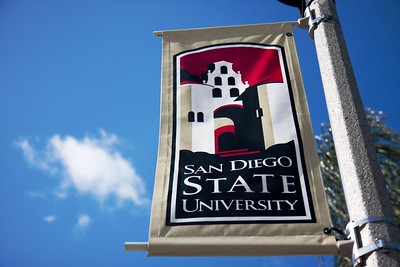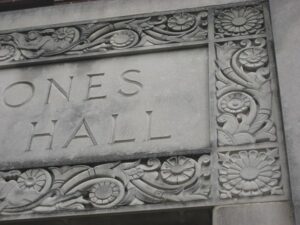About a month ago, the Times of San Diego ran an opinion piece that is worth the time it takes to read it. The author is a professor of English Literature and has a bone to pick with the administrative spending habits of his institution, San Diego State University.
SDSU is part of the California State University (CSU) system. Without getting into the qualitative differences between the Cal State and UC schools, I’ll just say that the Cal State system could use a lot of cash right now.
California’s state budget is more than $30M shy this year. Related to the state budget, California Governor Gavin Newsom wants to focus the state’s higher education appropriation on “core operations.” Which means – you know – the things a college and/or university is supposed to do.
According to the Professor, that’s a hard ask for the administrators at SDSU. The number of full-time faculty is down, and SDSU relies heavily on part-time instructors. At the same time, the size of the SDSU top-level administration has grown by 13% over a five-year period, and the entire administration has grown by 17%. Administrative salaries have also risen. The president’s salary rose by 17% while the school reduced faculty raises from 4% to 3% ostensibly due to budget constraints.
Recently the CSU Board of Trustees has acknowledged that the system-wide gap between money coming in and money going out is around $1.5B. (And not in a good way.) The Trustees are being kind to themselves here. Administrative spending is only part of the story. The other big problem is the system’s neglected maintenance bill, which looks kind of like $6B.
Administrative spending should reflect institutional mission
It’s not coincidental that the institution’s neglected maintenance grows proportionally with the size of its administration. There is no legitimate possibility that any administrator truly believes that campus infrastructure lasts forever. They understand that facilities and infrastructure don’t simply care for themselves; yet administrators act as if they do. Money that administrators should spend on maintenance and capital refreshes gets rerouted to the HR Department, where it funds the unending growth of the institution’s administration.
It appears the CSU Board of Trustees doesn’t ask a lot of questions about administrative spending and the system’s revenue sources. Spoiler alert! At both the UC system and the Cal State system, student tuition is the largest non-state source of revenue in the budget. Since the administration controls the cost of student tuition, student wallets are the go-to source for cash. And if the school must make cuts, it eliminates programs and replaces full-time faculty with part timers. The reliance on part-time instructors – which happens all over – means that the school can offer a million class sections but cannot innovate or develop new coursework.
The SDSU professor’s opinion piece could easily describe WCC. All of it – from administrative growth and faculty reductions to ridiculous administrative spending on non-core activities, to unnecessary, wasteful construction projects, to tuition increases and hopelessly backlogged maintenance – applies without any significant changes.
It is time for colleges and universities to return their focus to their core missions. They should worry less about expanding the size of the administration and more about how to increase enrollment and create high quality programs.
That might be all the public funding will cover.
Photo Credit: Nathan Rupert , via Flickr






























